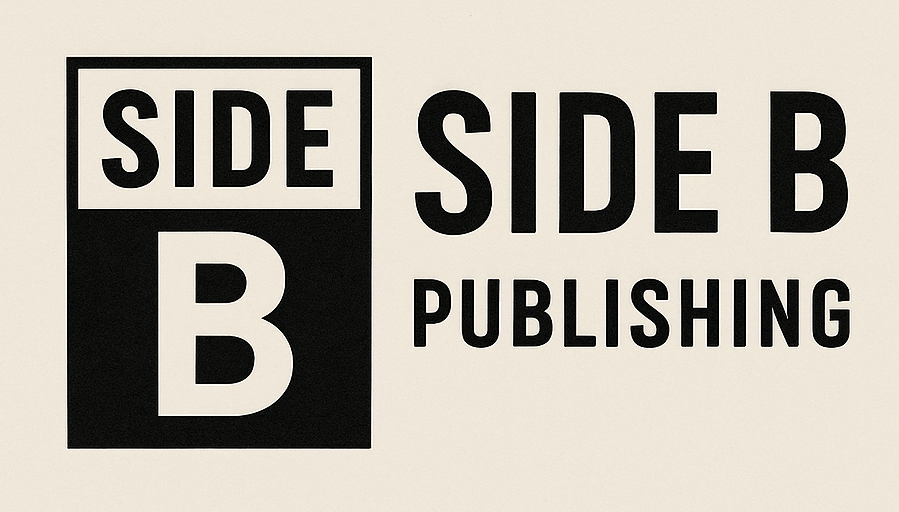The Evolution of Hearing Aids: From Ear Trumpets to Smart Tech
If the word “hearing aid” makes you picture a clunky beige device from decades past, you’re not alone.
But today’s hearing aids? They’re nothing like that.
Let’s take a quick look at how far we’ve come:
🦻 Ear Trumpets (1600s–1800s): Long before electronics, these devices simply funneled sound into the ear. They helped—but not much.
🔋 Carbon and Vacuum Tube Aids (1900s–1950s): Early electric aids offered more amplification but were bulky and worn on the body with wires.
📻 Transistor Hearing Aids (1950s–1980s): Smaller and more portable, these allowed for behind-the-ear (BTE) and in-the-ear (ITE) styles to develop.
🧠 Digital Hearing Aids (1990s–Present): These devices process sound digitally, allowing for personalized programming, better clarity, and less feedback.
📱 Smart, Connected Aids (Today): Modern hearing aids can:
Stream calls, music, and podcasts from your phone
Auto-adjust to noisy environments
Be fine-tuned remotely by your hearing professional
Filter speech from background noise
If you’ve been putting off hearing aids because of outdated images or stories, it’s time for an update. Today’s hearing aids are smart, discreet, and personalized to your life.
In The Hearing Aid Handbook, I walk readers through this evolution in plain English—helping you understand what’s possible, what to expect, and how to make the most of the technology available today.
If you’ve already read the book and found it helpful, would you consider leaving a quick review on Amazon? It helps others feel more confident about taking this step.
And while you’re at it, join us over at Side B Publishing on Facebook—a place for encouragement, useful info, and updates on all things hearing health and life’s second chapters.
